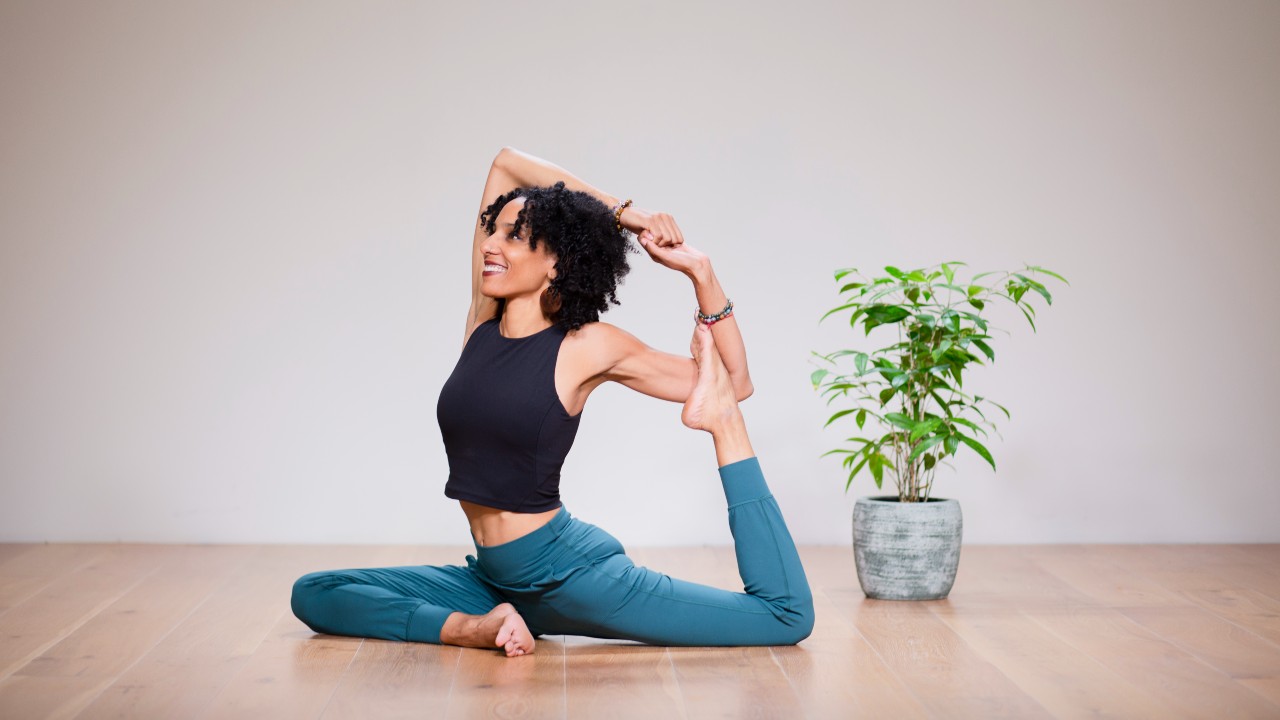Buzz Haven: Your Daily Dose of News
Stay informed and entertained with the latest buzz in news, trends, and insights.
Flow Like Water, Breathe Like a Yogi
Discover the secrets to fluid living and mindful breathing. Transform your life with tips inspired by nature and yoga—flow and breathe your way to bliss!
The Art of Flow: How Embracing Water's Fluidity Enhances Your Yoga Practice
The Art of Flow in yoga is deeply intertwined with the fluid nature of water. Just as water adapts to its surroundings, so too should your practice embrace a sense of fluidity. When you allow your body to move with the natural rhythm of your breath, you create a harmonious flow that enhances your overall experience on the mat. Each pose can be seen as a ripple in a body of water, moving seamlessly into the next to cultivate not only physical strength but also mental clarity.
Integrating water's fluidity into your yoga practice can unlock a deeper connection to your body and mind. Consider the grace of a flowing river as you transition between poses. This approach encourages mindfulness and presence, allowing you to focus on the sensations your body experiences in each posture. To begin incorporating this art of flow, try to establish a consistent rhythm by synchronizing your breath with your movements, fostering an immersive practice that transcends the boundaries of traditional yoga.

Breathing Techniques: Unlocking the Power of Yogic Breathing for Stress Relief
Breathing techniques have long been celebrated as powerful tools for managing stress and enhancing overall well-being. One of the most effective forms of breathing is found in yogic breathing, also known as Pranayama. This ancient practice emphasizes the connection between breath and mind, focusing on controlled inhalation and exhalation. By engaging in these techniques, individuals can achieve a state of calm, reducing anxiety levels and promoting a sense of tranquility. Incorporating yogic breathing into your daily routine can unlock profound benefits, making it an essential practice for anyone seeking stress relief.
Practicing yogic breathing techniques is simple and can be done almost anywhere. Here are a few methods to get started:
- Diaphragmatic Breathing: Sit or lie down comfortably. Inhale deeply through your nose, allowing your abdomen to rise, and exhale slowly through your mouth.
- Nadi Shodhana (Alternate Nostril Breathing): Use your thumb to close one nostril, inhale through the other. Close the open nostril with your ring finger, then exhale through the original side.
- Ujjayi Breathing: Inhale deeply through your nose, then exhale slowly through your mouth, slightly constricting your throat to produce a gentle ocean sound.
By regularly practicing these breathing techniques, you can effectively manage stress and cultivate a sense of inner peace.
How to Cultivate a Mindful Flow State: Strategies for Living Like Water
Achieving a mindful flow state is about embracing the natural rhythm of life, much like the fluidity of water. Start by creating a serene environment that encourages focus and relaxation. Eliminate distractions by setting boundaries around your time, such as turning off notifications and designating specific periods for deep work or meditation. Incorporate mindfulness practices into your daily routine; techniques such as meditation, yoga, or even mindful walking can enhance your ability to enter a flow state. These practices help to center your thoughts and expand your awareness, allowing you to flow effortlessly with your activities.
To further cultivate a mindful flow state, develop a habit of setting clear intentions before beginning any task. Ask yourself what you wish to achieve and visualize the process. This clarity will help you stay engaged and motivated. Additionally, consider using music or ambient sounds to create an atmosphere conducive to flow; studies have shown that certain types of music can enhance concentration and creativity. Lastly, remember to embrace the journey—like water in a stream, allow yourself to adapt, change direction, and stay present in each moment without forcing the outcome.